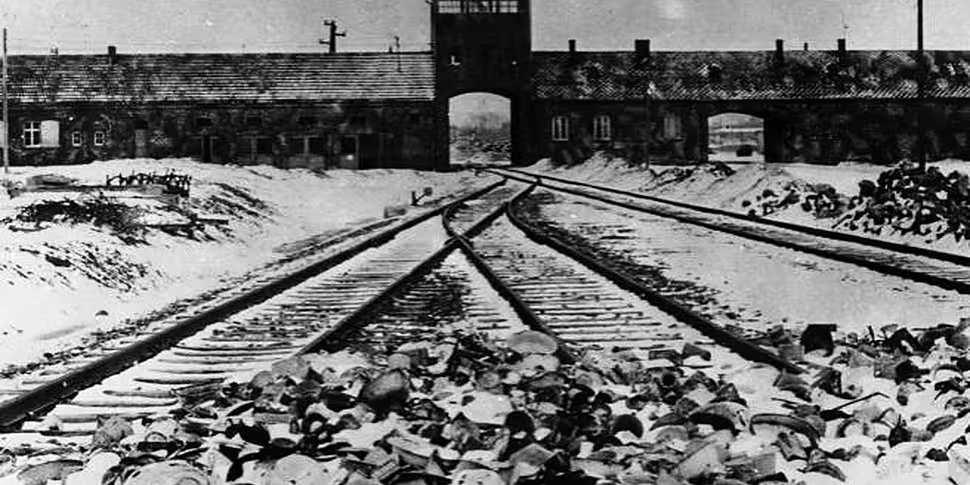There are few places in history as infamous as Auschwitz. Opened in May 1940 over a million people would die behind its walls before Soviet soldiers would liberate the camp almost five years later. Its advanced apparatus and infrastructure, coupled with extensive medical experimentation, made Auschwitz the most famous of the Nazi death camps.
After Poland fell to the German blitzkrieg the Nazi party began to search for suitable sites where political prisoners, Jews, and other so-called ‘undesirables’ could be interned. The old barracks around Auschwitz made it a great site. The local residents were driven out and the area was quickly developed into a concentration camp.
As the Nazis made gains against the Soviet Union the concentration camps swelled beyond capacity. In October 1941 construction began on a second camp in Auschwitz. Unlike the original repurposed camp this new addition would be purpose built to house up to 200,000 individuals. The forced labour of Soviet prisoners of war would be used to build this massive new complex.
As the war progressed though Nazi policies became increasingly extreme.
In the early years of the war mobile killing units had been used by the Nazis to carry out their policies of ethnic cleansing behind the Eastern Front. By the time the second camp at Auschwitz was complete though this had given way to the systematic eradication of the Jews and other ‘undesirables’ in Nazi occupied Europe.
Auschwitz II-Birkenau would become a key cog in this ‘Final Solution’.
This was largely due to its central location along the rail network. Jews from across the Third Reich could be quickly delivered to Auschwitz. So too could supplies and material. This made Auschwitz ideal for the Nazi’s sinister plans and by March 1942 its first gas chamber was operational.
Though a second chamber was completed soon after, by early 1943 the Nazis were unhappy with the killing capacity of Auschwitz. Two crematoria in Auschwitz II-Birkenau were quickly adapted into advanced gas chambers. The completion of two other purpose built gas chambers saw Auschwitz reach the zenith of its killing capability by the summer of 1943.
In 1944 the tide turned against Germany. A series of victories saw the Soviet Red Army gain the upper hand and begin to make gains into Nazi occupied territory. Heinrich Himmler, the head of the SS and overseer of the ‘Final Solution’, ordered evidence of the Nazi genocide destroyed.
When the Red Army arrived in Auschwitz on January 27th 1945 there was little left to liberate. The gas chambers had been dismantled, many buildings destroyed, and the garrison had left ten days earlier with most of the remaining prisoners. Of the millions who had passed through Auschwitz’s arch only around 7,500 remained.
What distinguished Auschwitz from the other Nazi concentration camps was its level of industrialised murder and suffering. Birkenau in particular had been designed as a death camp by its chief of construction, Karl Bischoff. Auschwitz too was home to some of the worst Nazi human experimentation.
As Professor John Horn described it: “[Auschwitz] is a memory about man’s inhumanity to man. It is a monument to inhumanity.”
Dr Patrick Geoghegan and a panel of historians spoke about this veritable hell on earth and its place in history. What was life like in Auschwitz? Was there anything known about its existence during the war? Could anything have been done to stop its operation? And what lessons, if any, can we learn from Auschwitz?









